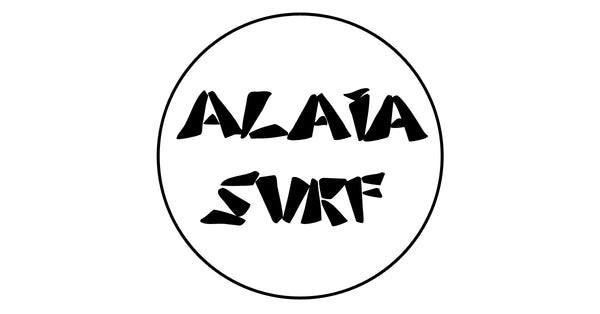The fashion industry is a massive consumer and polluter of the world’s water. It’s a thirsty industry and its production has a major impact on the global water through the use of pesticides for growing fibre crops, the discharge of wastewater from dyeing and our laundry habits at home.
We love the ocean too much, and considering it’s estimated that each year we consume 80 billion pieces of clothing… it’s time to start learning about the environmental impact made by our clothes.
First of all, we need to break free from the fast fashion mentality that encourages a disposable attitude toward clothes. Like Vivienne Westwood says: ‘Buy less, choose well, make it last.’
For a more conscious consumption, it’s important to be aware of fabrics and their environmental impact. While there are serious impacts associated with many fabrics, there are some materials whose environmental impact is much less.
 Cotton field. Photograph by Trisha Downing.
Cotton field. Photograph by Trisha Downing.
Cotton is the world’s most commonly used natural fibre and the second-most common material in our clothes after polyester. It’s a durable, breathable and biodegradable fabric. Although cotton is a natural plant-based fibre, it’s also one of the most environmentally intense materials. It uses high levels of pesticides and fertilisers to grow and consumes a tremendous amount of water. Unsustainable cotton farming is also destroying massive eco-systems like Central Asia’s Aral Sea, the fourth-largest inland sea in the 1970s, now a tenth of its former volume.
Next time, skip cotton and choose for plant-based fibres like linen, hemp and organic cotton which are significantly less polluting.
- Organic cotton is grown without synthetic pesticides, promotes organic and fair trade alternatives and uses non-genetically modified seeds. It’s a more sustainable option but still uses a vast amount of water to grow the crop, so make the garment last.
- Linen and hemp are highly sustainable materials that don’t need pesticides or fertilisers to grow and require little water. Linen is made from flax which can be grown on rough terrain that’s unsuitable for food production. It can be cultivated and processed without chemicals.
- Hemp is highly productive, easy to cultivate, requires little or no pesticides and grows without fertiliser.
- Wool can be an environmentally friendly option. It’s renewable, wrinkle-resistant, resilient, fire-resistant and holds colourful dyes easily without the use of chemicals. The issue with sheep farming is animal welfare. Choose for wool that meets certain animal welfare and environmental standards.
 Wolf’s Clothing brand is creating new designs upcycling clothes. Photograph by Kris Hartman.
Wolf’s Clothing brand is creating new designs upcycling clothes. Photograph by Kris Hartman.
Synthetic materials, like polyester, nylon and acrylic, dominate the global textile consumption. They don’t exist naturally but are made in factories and derive from petroleum, a fossil fuel.
Polyester is the most common material in our clothes and is made of the same exact material used to make plastic bottles: polyethylene terephthalate (PET). Washing synthetic fibres release microplastics into the water supply where they threaten ecosystems and end up in our food chain. Polyester production has high environmental costs, the same as its disposal. Factories without wastewater treatment systems can release potentially dangerous substances to the waterway.
More sustainable synthetic alternatives are gaining in popularity such as recycled polyester made from recycled drink bottles or Econyl, a recycled nylon material made from discarded fishing nets. However, these options don’t solve the issue of microplastic shedding.
Cellulosic fibres have a natural source, but require processing to transform that natural source into a fibre that can be used for clothing. Viscose (aka rayon) is one of the most common cellulosic materials. It is made from cellulose from trees and is processed with heavy chemicals like carbon disulfide and sulphuric acid. These chemicals are unsafe and can have serious environmental impacts when not disposed correctly and dumped into local rivers. There is also a lack of transparency in the source of cellulose and it’s estimated that over 70 million trees are cut down annually to make wood-based fibre.
Eucalyptus-based Tencel is a more sustainable option. Eucalyptus grows quickly without irrigation, doesn’t need chemical pesticides or fertilisers and can also grow on land that is unsuitable for food crops. Tencel is also produced through a closed-loop system in which there is almost a complete recovery of the chemicals used to process the raw material and the final fibres are fully biodegradable.
These are a few of the most damaging and less polluting materials that are in our closets. Luckily, more sustainable options are becoming available while we grow awareness of the environmental impact of our actions.
Start reading the tags of your clothes, the same as you might check the ingredients of a product in the supermarket. And before getting new clothes, consider other options such as buying second-hand clothes, repairing damaged clothes, recycling, upcycling and listening to the words of the queen of punk.

